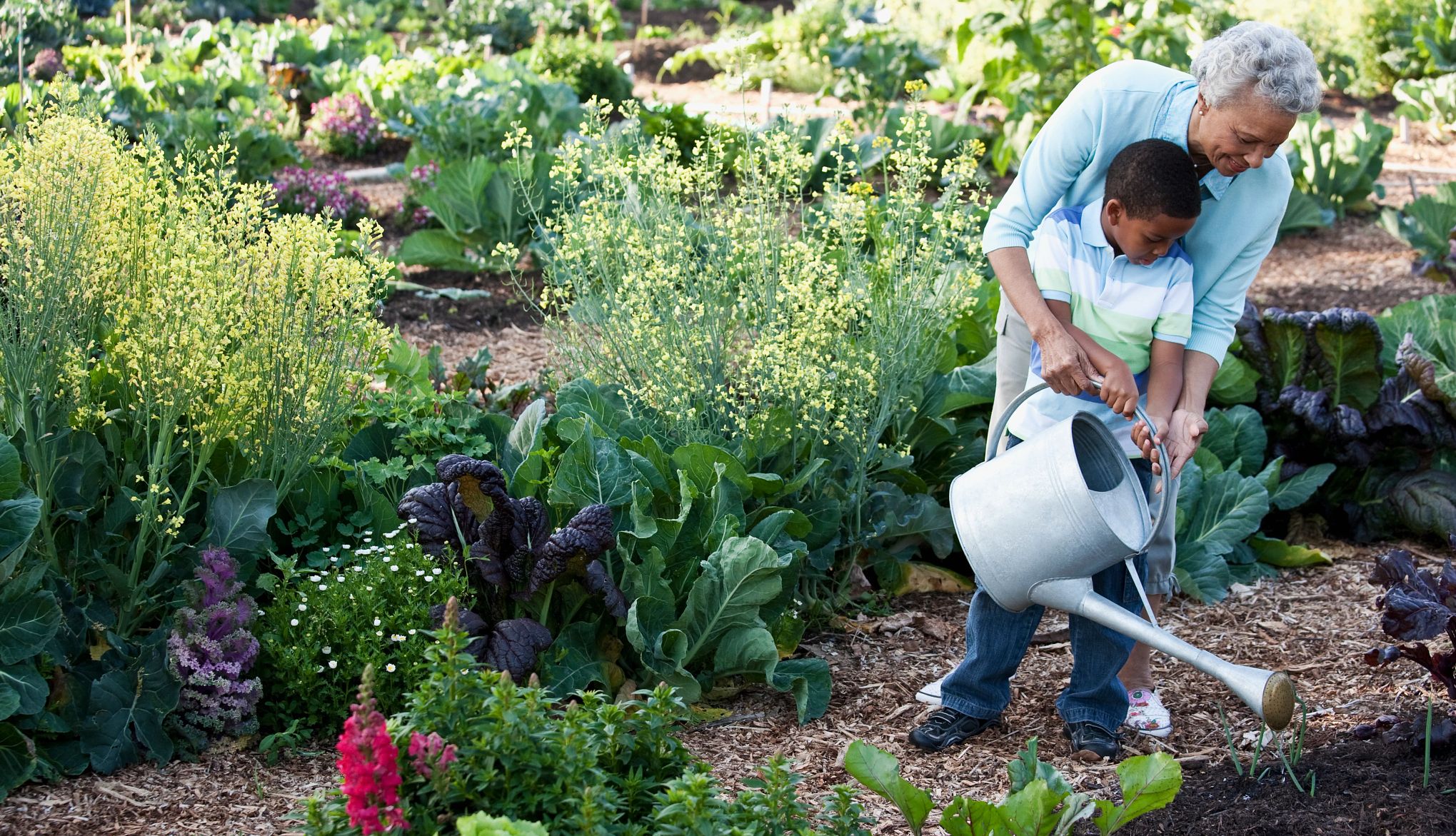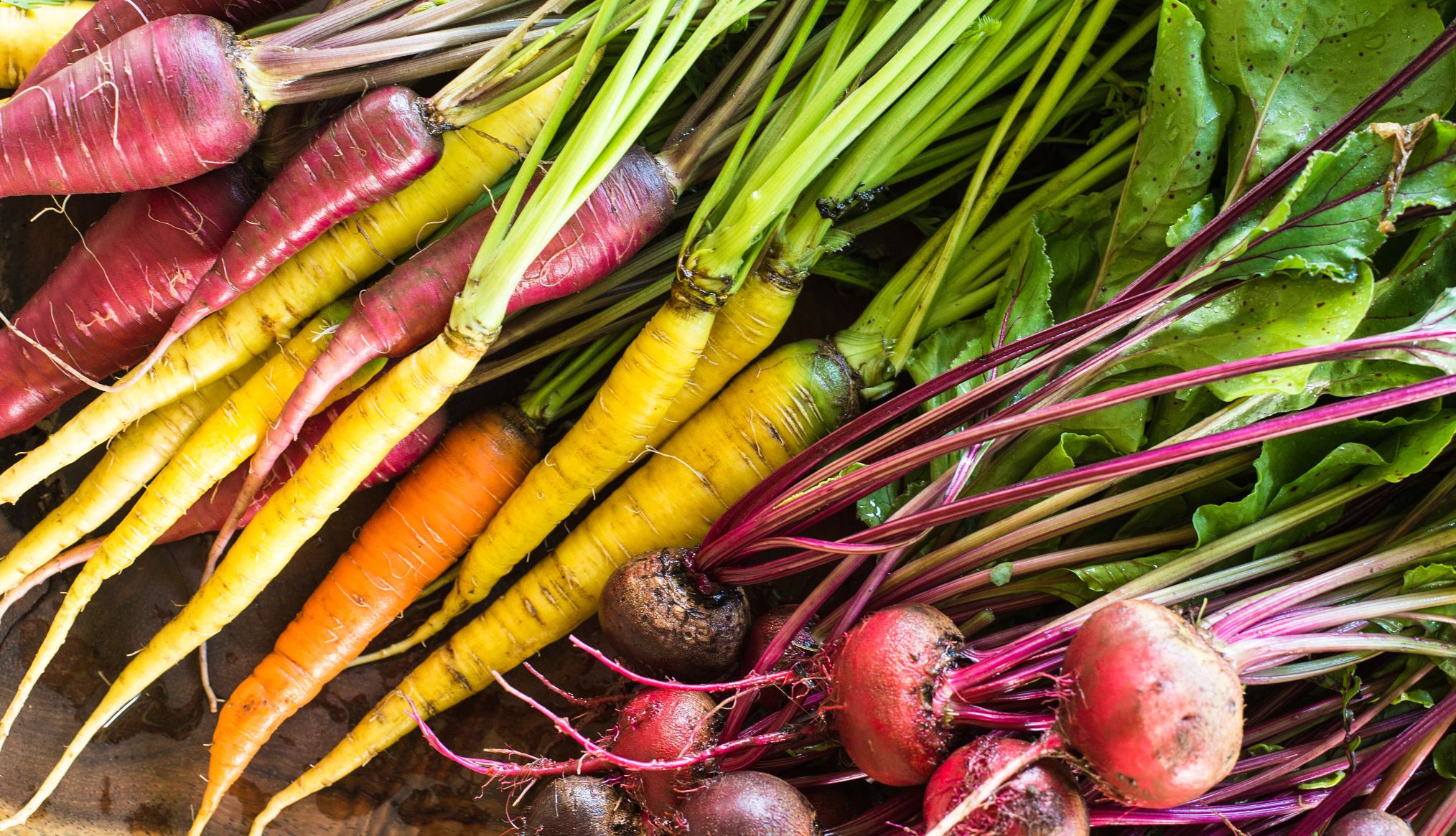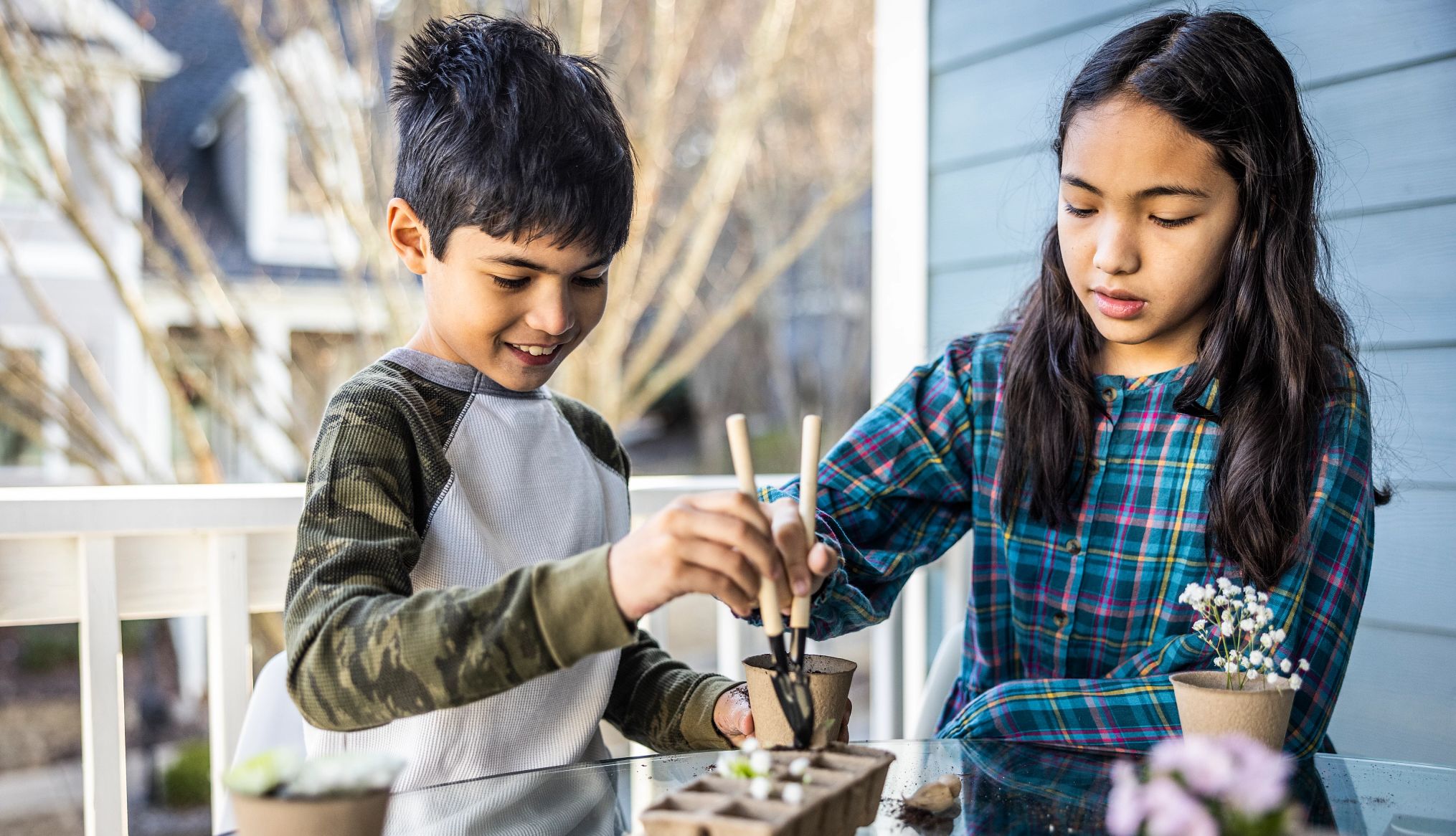Staying Fit


Mark Dwyer has gardened all his life but lately he has an assistant: his 2-year-old grandson, Miles.
“He’s just getting interested in nurturing,” says Dwyer, 53 , who lives in Janesville , Wisconsin, and is the garden manager at the 3-acre Edgerton Hospital Healing Garden. So far, Miles is in charge of a few houseplants (including an echeveria he dubbed Tarimba) and a low-growing plant container in Dwyer’s yard.


AARP Membership— $12 for your first year when you sign up for Automatic Renewal
Get instant access to members-only products and hundreds of discounts, a free second membership, and a subscription to AARP the Magazine.
Dwyer is a fan of encouraging adults to get kids of all ages into gardening. There’s the learning experience of success and failure as well as the bond it creates with grandparents, says Dwyer, who is the former director of horticulture at Rotary Botanical Gardens in Janesville.
“I’ll never begrudge that time spent,” he says about gardening with Miles and his own two daughters when they were young. “Even if it doesn’t create lifelong gardeners, it creates that lifelong bond, really.”
If you’re ready to share your own interest in gardening or just want to have some horticultural fun with the kids in your life, here are some ways to make the garden the place to be.
1. Ditch expectations and get your hands dirty.
Let go of rules and the goal of perfection, says Jason Skipton, executive director of Growing Gardens, a community development and sustainability nonprofit in Portland, Oregon, that helps homeowners and schools develop gardens. Let kids dig in the dirt, pick flowers, or hunt for worms or do whatever it is that makes them happy to be outdoors, he and others say . Let them choose plants at the nursery, even if you’re not sure it’s a good choice. Gardening is all about experience and experimentation.
“The garden shouldn’t be a place that is like every other part of our world,” says Skipton. “You go to school, you get in line, you sit at your desk — the garden should be the opposite of that.”


2. Define “garden” however you like.
You can introduce kids to horticulture via a vegetable garden, a perennial bed, a butterfly corner, a potted cactus, a no-fail houseplant (think: philodendron), a sweet potato vine or even a trip to the local botanical garden.
Gardener and writer Sharon Lovejoy of San Luis Obispo, California, suggests starting in your kitchen. Lovejoy, 78, grandmother of five and the author of several books, including Roots, Shoots, Buckets & Boots and Camp Granny, says to try her “garbage garden” — growing vegetables like carrot tops and sweet potatoes. To grow a carrot top, just cut off the top of the carrot, leaving about an inch of carrot below where the leaves emerge, and place it on saucer of water without submerging the top. It will sprout roots below and greenery above. To grow a sweet potato, stick it with three or four toothpicks and suspend it in a jar or narrow vase. Fill with water about a third or halfway up the potato. Place in a sunny window, and in a few days your potato will begin to sprout roots and, eventually, a beautiful vine.
“It’s indoor gardening and it’s stuff that might get thrown into the garbage, but it still has a life force in it,” Lovejoy says. “It’s really important for kids to learn about that life force. They’re not going to cut into a tree or hurt something if they realize that it has a life force.”





































































More From AARP
Making the Most of Skip-Generational Trips
For grandparents traveling with grandchildren, it’s a chance to bond and create shared memories
Quiz: Health Benefits of Gardening
Having a green thumb boosts your well-being
Top 10 Easiest Superfoods to Grow in Your Garden
Liven up your menu with the healthiest versions of these wellness-boosting plants
Recommended for You